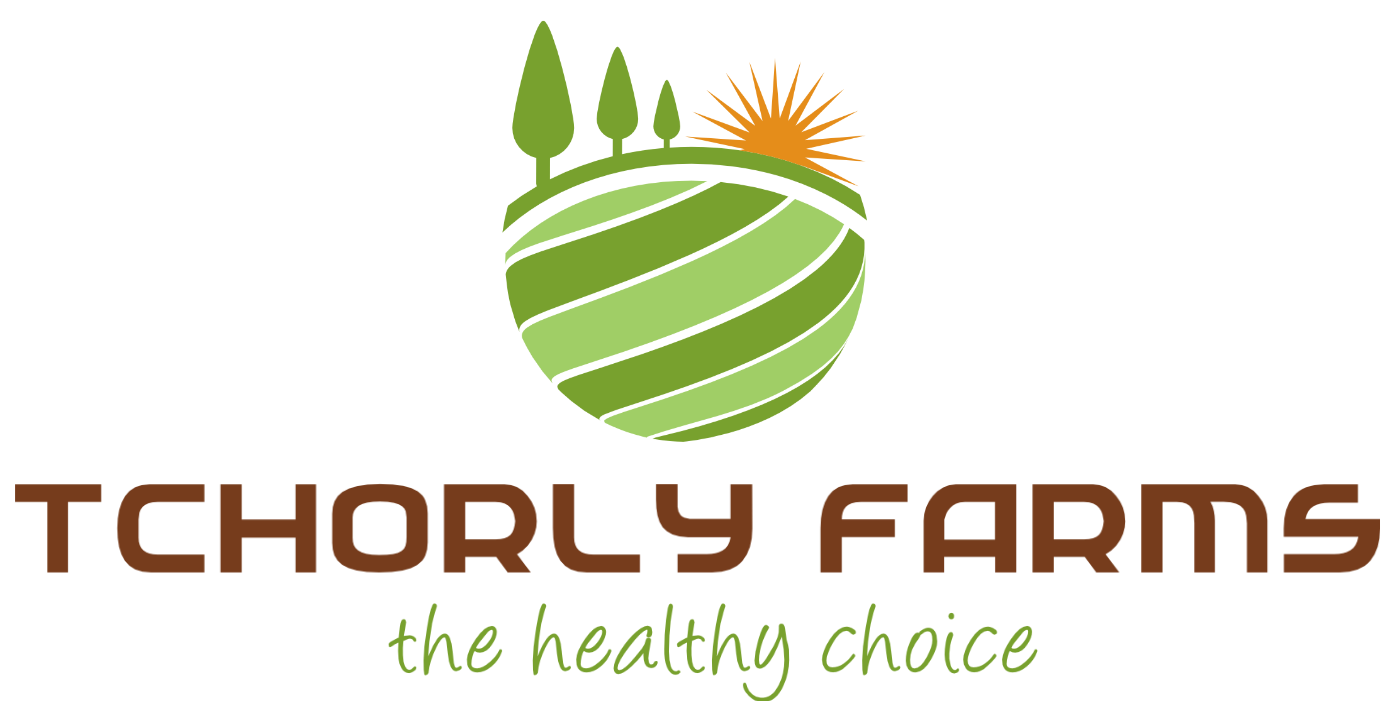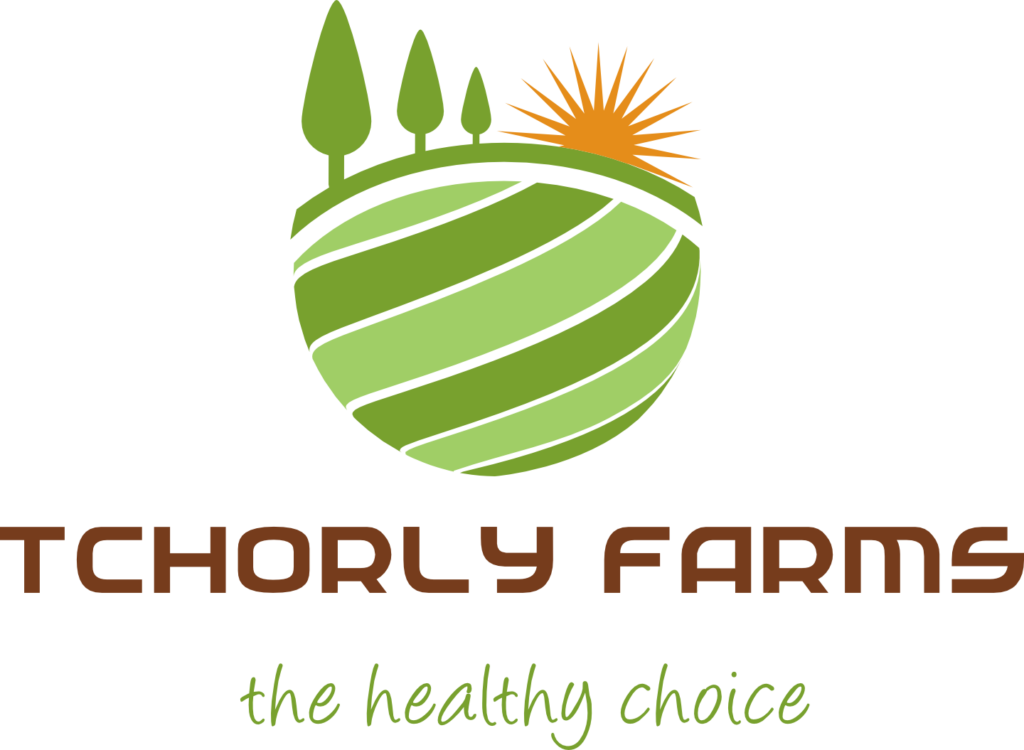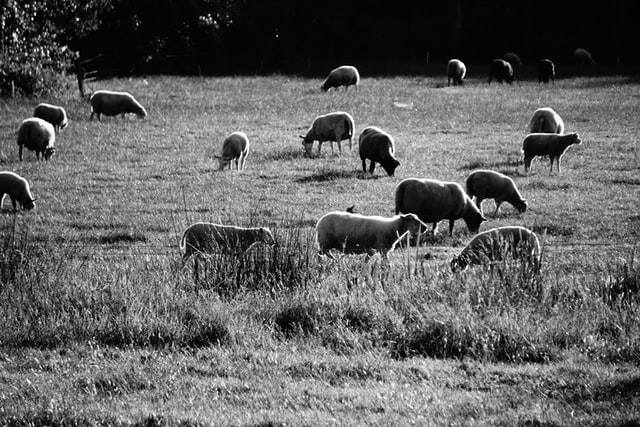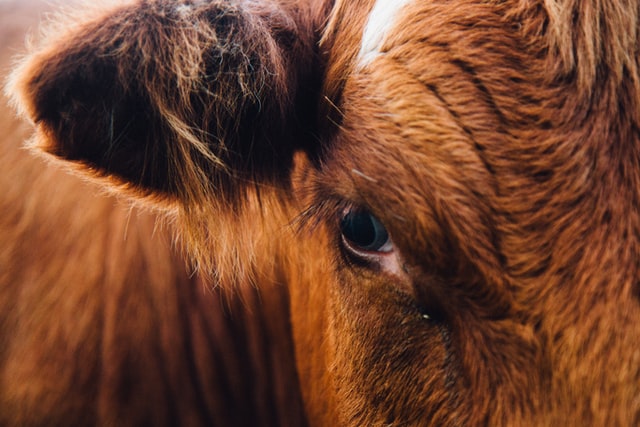Livestock grazing plays an important role in habitat management. Choosing the right livestock to graze an area will help achieve good habitat conditions for wildlife. Livestock selection is also important for animal nutrition and welfare and for the economics of the farming business. Each of the three main types of livestock (cattle, sheep and equines) has size, physiological and behavioural differences which allow them to achieve different farming and wildlife objectives.
Livestock eat and remove vegetation which helps to maintain a diverse mix of plants and vegetation structure. Through the action of trampling they also break up thatch (dead vegetation) and create bare ground which is important for both seed germination and for ground nesting insects. As different livestock types graze, trample and utilise a grazing area differently, selecting the best livestock type for the job or combination of livestock types, will ensure the greatest benefits for wildlife.
Animal welfare must be considered alongside the wildlife benefits. It is important to consider how the nutritional requirements of livestock can be supplied by the available vegetation. This may require using different livestock types at different times of the year, and/or moving livestock around according to their age or stage in their breeding cycles.
Other factors such as available resources, including people, water supply, alternative pasture, supplementary feed, and appropriate handling facilities, will all influence choices of livestock type
Nutritional requirements of livestock
Different wildlife habitats and grassland provide differing quantities and quality of forage for grazing animals. It is sensible to plan the grazing management of wildlife habitats carefully so that it fits effectively into the wider farming system. Part of this planning is matching the nutritional requirements of the livestock to the nutrition being supplied by different habitats/vegetation at different times of the year.
As nutritional requirements of livestock depend on their age or stage in their breeding cycles, it should be possible to manage less productive habitats and grasslands with less demanding livestock. For examples dry stock, store cattle or replacements can be used on these habitats, leaving animals with higher nutritional requirements, such fattening cattle or sheep with lambs at foot to utilise better grazing. The key to success is the ability to be flexible. Having nowhere else for the livestock to go when food is becoming sparse on the site or where the condition of the wildlife habitat has been achieves means that stock may remain on a site and start to damage it.




